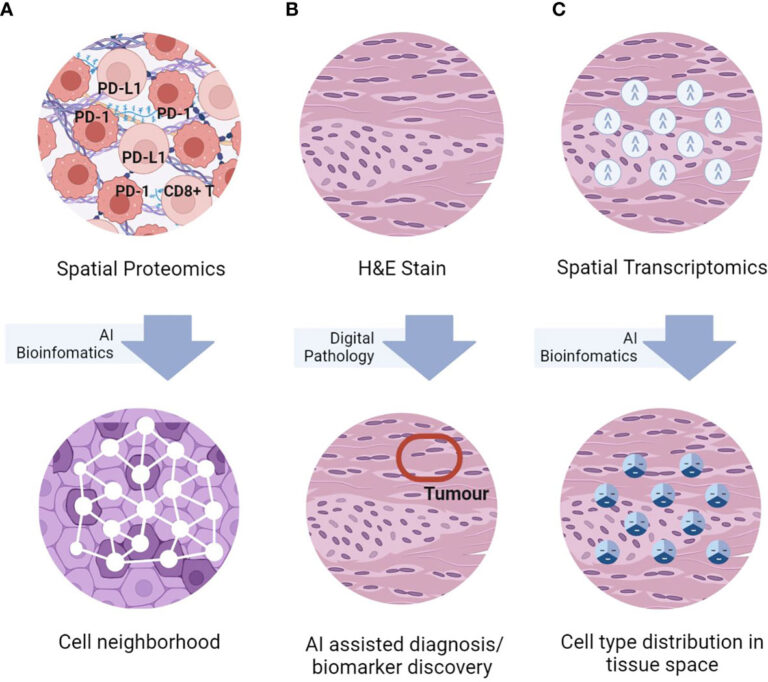The Art of Data Visualization and Storytelling
In today’s data-driven world, the ability to turn complex information into captivating stories has become a superpower. Welcome to the enchanting realm of data visualization and storytelling, where data comes to life, and insights dance before your eyes. In this article, we embark on a thrilling journey to explore the art and science of data visualization, uncovering how this skill can unlock hidden narratives, empower decision-makers, and revolutionize the way we understand the world.
The Power of Sight: From Numbers to Narratives
Data is the heartbeat of our interconnected world, and data visualization serves as its translator. By weaving visuals, colors, and interactivity into raw numbers, data visualization transforms mundane spreadsheets into captivating tales. Discover how this visual alchemy can transform intricate data sets into vivid, understandable narratives that resonate with audiences of all backgrounds.
Beyond Bar Charts: Unleashing Creativity
Breaking free from conventional charts, data visualization encourages boundless creativity. Infographics, heat maps, treemaps, and more paint an imaginative canvas where data speaks volumes. We’ll journey through a gallery of stunning visualizations, showcasing how innovative designs can captivate attention and leave a lasting impact.
The Art of Storytelling: Data as the Protagonist
In the hands of a skilled data storyteller, data becomes the protagonist of an enthralling narrative. Data points are characters, trends are plot twists, and insights are the grand revelations. Learn how to wield the power of data storytelling to make data relatable, emotionally engaging, and actionable for decision-makers across industries.
When Data Meets Design: The Marriage of Form and Function
Data visualization is an exquisite union of data science and design aesthetics. Merging form and function, it elegantly communicates complex information while evoking an emotional response. Unearth the secrets behind harmonizing data accuracy with captivating design, crafting visualizations that resonate with both the analytical mind and the artistic soul.
The Impact Factor: Empowering Decision-Makers
Data visualization isn’t just eye candy; it holds the key to empowering decision-makers. With a single glance, decision-makers can grasp trends, identify opportunities, and anticipate challenges. From corporate boardrooms to public policy forums, data visualizations become guiding beacons that steer decisions towards success.
The Quest for Clarity: Simplifying Complexity
In a world awash with information, clarity is the knight in shining armor. Data visualization acts as this hero, rescuing audiences from drowning in the sea of complexity. We’ll uncover how to distill intricate data sets into sleek visual narratives that retain their depth without overwhelming the viewer.
Final Thoughts
In the mesmerizing world of data visualization and storytelling, numbers transform into poetry, and insights become immersive experiences. From unveiling hidden patterns to igniting aha moments, the artful presentation of data elevates its impact to unprecedented heights. As we embrace the power of sight and storytelling, let us embark on a mission to revolutionize how we interpret information and make informed decisions.
Some Relevant Tools
There are several excellent tools available for data visualization and storytelling, catering to various user needs, skill levels, and budgets. Here are some of the best and most popular tools in the data visualization and storytelling space:
- Tableau: Tableau is one of the leading data visualization tools used by professionals and organizations worldwide. It offers a user-friendly interface, drag-and-drop functionality, and a wide range of charts and interactive features to create captivating visualizations and dashboards.
- Power BI: Microsoft Power BI is a powerful business analytics tool that enables users to create insightful visualizations and interactive reports. It integrates seamlessly with Microsoft products and other data sources, making it a popular choice for businesses heavily invested in the Microsoft ecosystem.
- QlikView and Qlik Sense: QlikView and Qlik Sense are business intelligence tools that empower users to explore data and create interactive, dynamic visualizations. They offer powerful associative data indexing, allowing users to make discoveries and navigate data in real-time.
- D3.js: D3.js is a JavaScript library for creating custom data visualizations on the web. It provides extensive control over visual elements and is favored by developers who want to create unique and highly interactive data visualizations.
- Tableau Public: Tableau Public is a free version of Tableau that allows users to create and share interactive data visualizations with the public. It’s an excellent option for individuals and data enthusiasts who want to showcase their work and engage with a broader audience.
- Flourish: Flourish is a web-based data visualization tool that offers a wide range of templates and customization options. It’s ideal for creating interactive data stories and animated visualizations without the need for coding.
- Datawrapper: Datawrapper is a user-friendly tool that specializes in creating simple and effective data visualizations for newsrooms, journalists, and organizations. It offers various chart types and responsive designs for embedding visualizations in websites and articles.
- Google Data Studio: Google Data Studio is a free tool that allows users to create customizable, interactive dashboards and reports using data from various sources, including Google Analytics, Google Sheets, and more.
- Plotly: Plotly is a Python-based data visualization library that supports interactive and high-quality visualizations. It works well for creating custom charts and dashboards with programming flexibility.
- Infogram: Infogram is a tool focused on creating infographics and interactive data visualizations. It offers a user-friendly interface and a wide range of templates for creating engaging visual stories.
Each of these tools has its strengths and use cases, so the best choice depends on your specific needs, data sources, level of expertise, and the complexity of the visualizations you wish to create. Consider exploring their features, trying out free versions, and selecting the one that aligns best with your goals and preferences.



